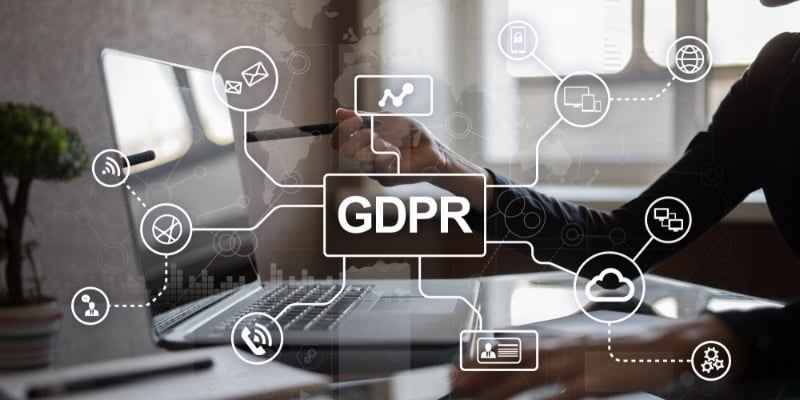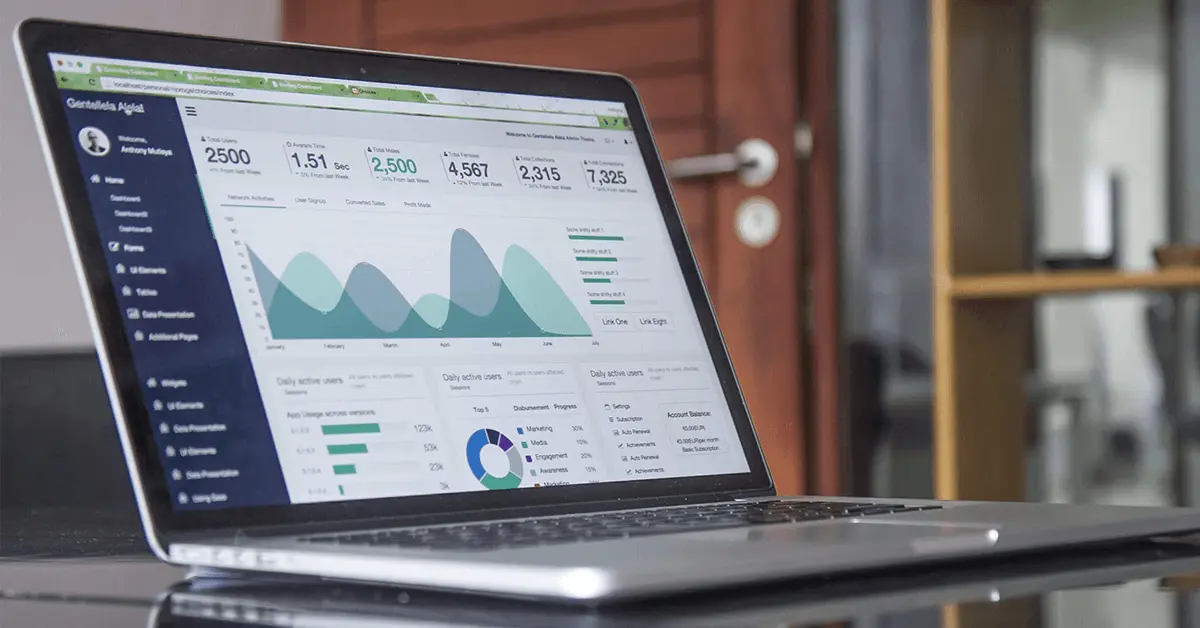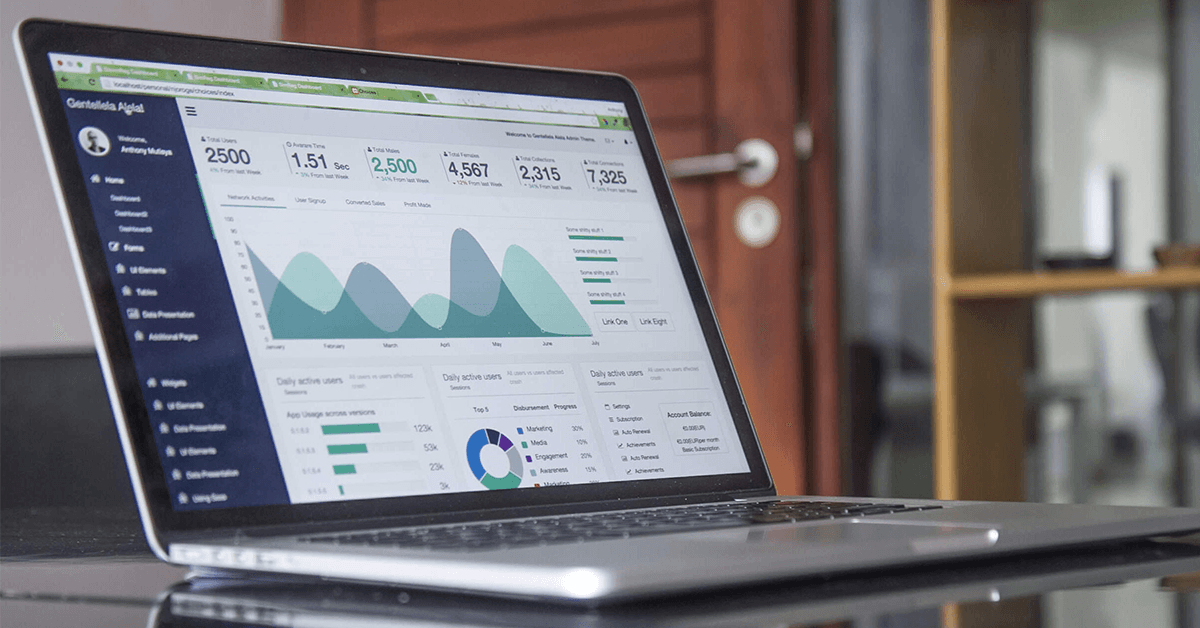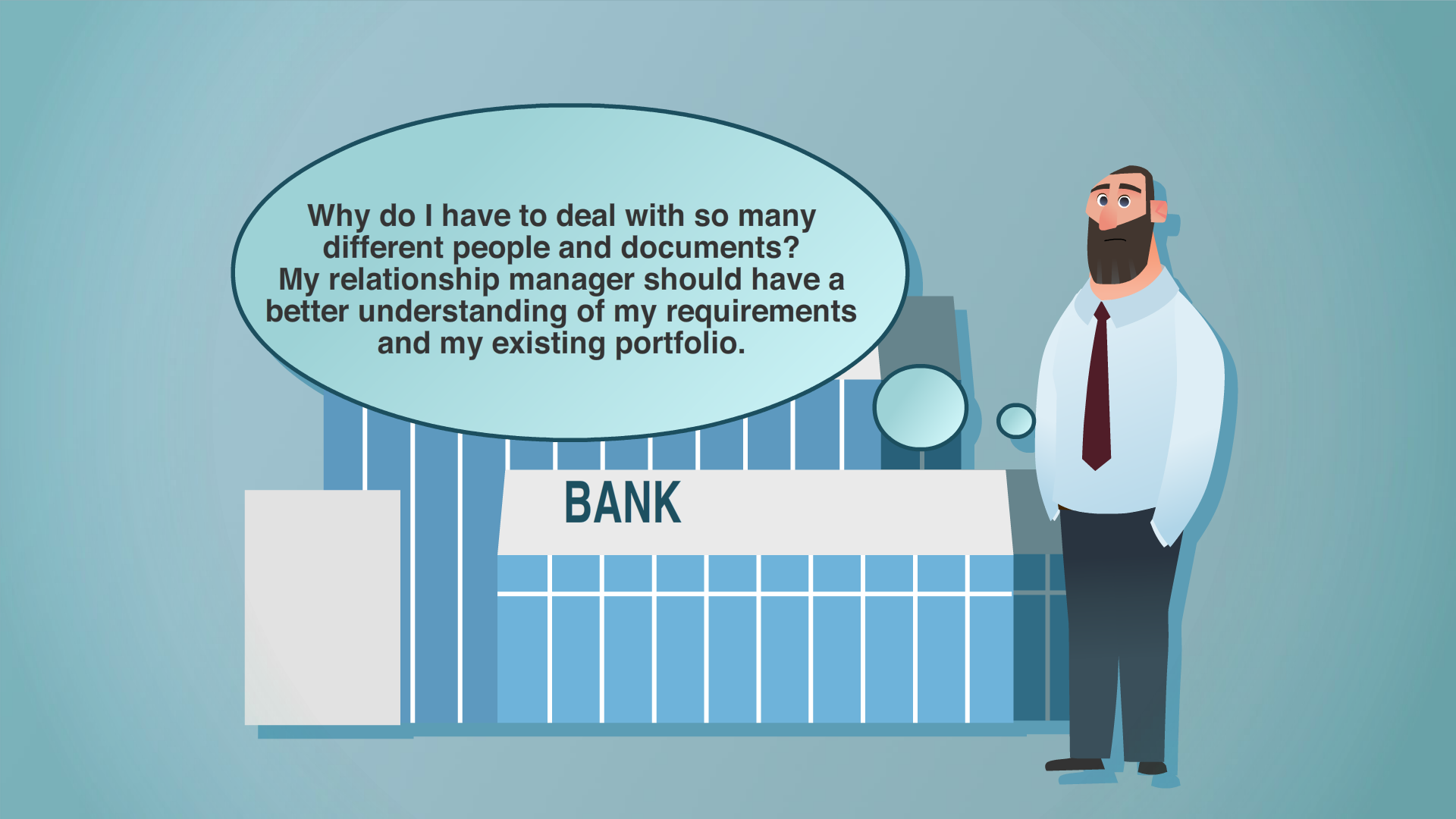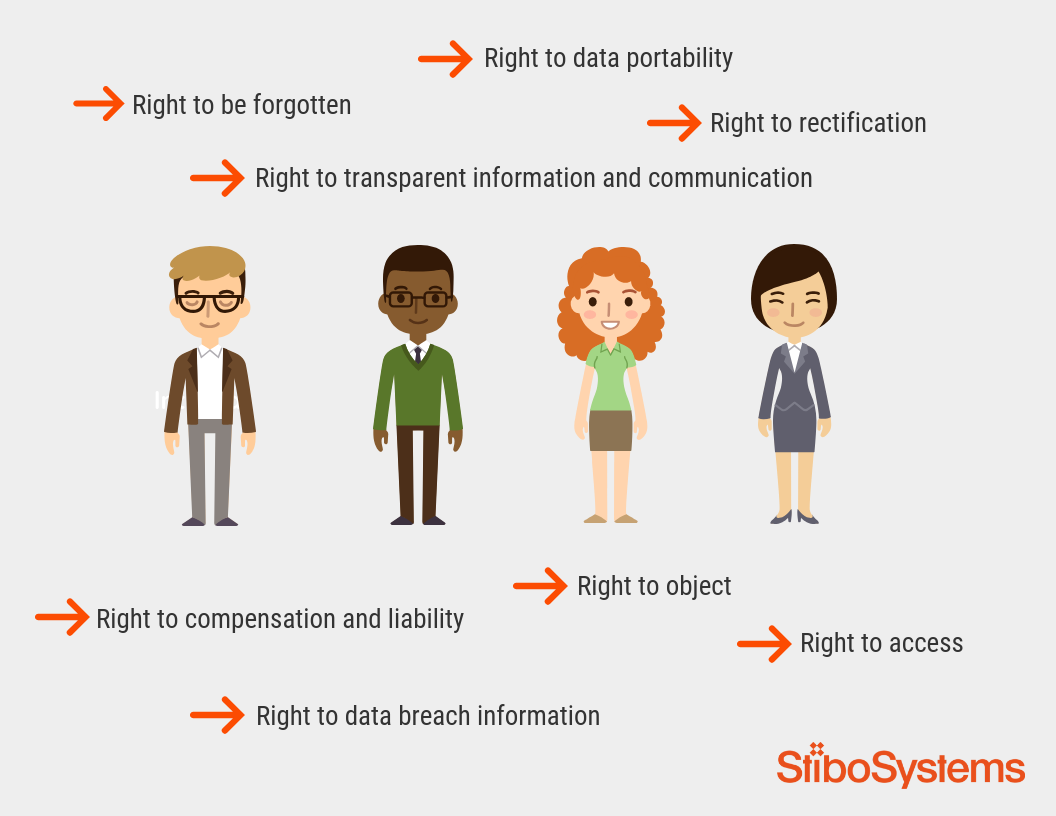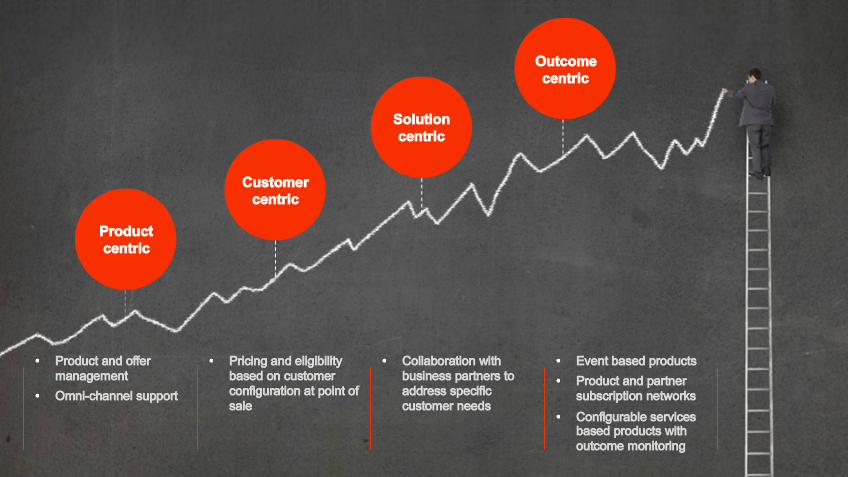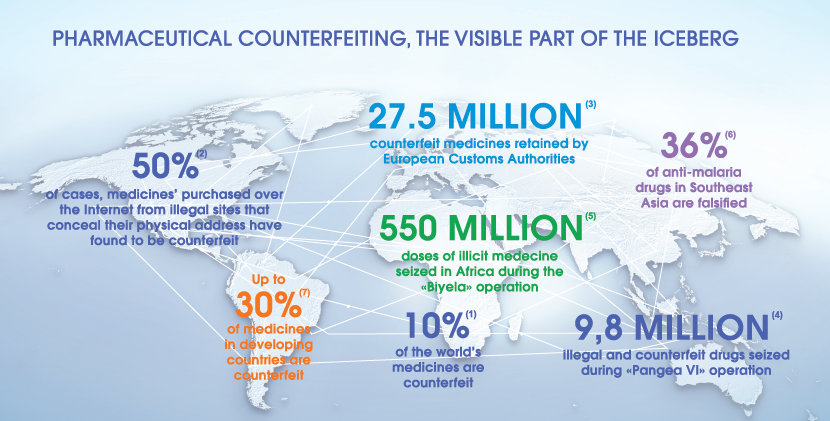In a rapidly changing world, the manufacturing industry is no exception to the winds of transformation. Enter Manufacturing-as-a-Service (MaaS), a game-changer that's reshaping the way companies approach production and supply chain management. In this blog post, we'll delve into the world of MaaS and explore how it's ushering in a new era of flexibility, innovation and efficiency within manufacturing. From cost-effective solutions to global reach and sustainability, join us on a journey to understand how MaaS is revolutionizing the manufacturing landscape, one innovation at a time. Whether you're a seasoned industry professional or just curious about the future of production, this is a trend you won't want to miss.
What is Manufacturing-as-a-Service?
Manufacturing-as-a-Service (MaaS) is a business model that extends the principles of the "as-a-service" paradigm to the manufacturing industry. It involves providing manufacturing capabilities and services on a subscription or pay-per-use basis, similar to how cloud computing or software-as-a-service (SaaS) models work. In MaaS, a company or individual can access and utilize manufacturing resources and expertise without having to invest in or operate their own manufacturing facilities.
Here are some key aspects of Manufacturing-as-a-Service:
-
On-demand manufacturing
MaaS allows businesses to access manufacturing resources when they need them, without the need for a long-term commitment. This flexibility is especially valuable for companies with fluctuating production demands.
-
Cost efficiency
Instead of investing in expensive manufacturing equipment, facilities and personnel, companies can save costs by outsourcing their manufacturing needs to MaaS providers. This can reduce capital expenditures and overhead costs.
-
Scalability
MaaS enables businesses to scale their production up or down quickly in response to market demand. This agility can be particularly advantageous in industries with rapidly changing consumer preferences.
-
Access to expertise
MaaS providers often have specialized knowledge and expertise in various manufacturing processes. Companies can leverage this knowledge to improve product quality and production efficiency.
-
Global reach
MaaS providers may have a global network of manufacturing facilities, allowing companies to access production capabilities in different geographic regions. This can be useful for companies looking to expand their market reach or reduce shipping costs.
-
Reduced lead times
By tapping into established manufacturing resources, businesses can often reduce product development and production lead times, getting their products to market faster.
-
Resource optimization
MaaS providers can optimize resource utilization by efficiently scheduling production runs, reducing waste and maximizing the use of available equipment.
-
Innovation and customization
MaaS can facilitate innovation by providing access to advanced manufacturing technologies and processes. It also enables customization and personalization of products to meet specific customer demands.
-
Quality control
MaaS providers often have quality control measures in place to ensure product quality and compliance with industry standards and regulations.
-
Environmental impact
Some MaaS providers prioritize sustainable and environmentally friendly manufacturing practices, which can be appealing to companies looking to reduce their carbon footprint.
Manufacturing-as-a-Service is particularly relevant in industries such as 3D printing, CNC machining, electronics assembly and more. It offers an alternative to traditional manufacturing methods, allowing companies to adapt to changing market conditions and focus on their core competencies while outsourcing their production needs to specialized providers.
How is Manufacturing-as-a-Service revolutionizing the manufacturing industry?
Manufacturing-as-a-Service is revolutionizing the manufacturing industry in several ways, reshaping how businesses approach production and supply chain management. Here are some key ways in which MaaS is driving change and innovation in manufacturing:
-
Digital transformation
MaaS leverages digital technologies and platforms to connect manufacturers with businesses in need of production services. This digital transformation enhances communication, collaboration and data sharing, leading to greater efficiency and agility in manufacturing processes.
-
Agility and scalability
MaaS allows manufacturers to quickly adjust production capacities in response to changing market demands. This agility enables businesses to avoid overproduction or underproduction and respond effectively to market fluctuations and trends.
-
Access to advanced technologies
Many MaaS providers invest in cutting-edge manufacturing technologies, such as 3D printing, CNC machining and automation. This provides businesses with access to the latest innovations without the need for significant capital investments.
-
Global reach
MaaS providers often have a global network of manufacturing facilities, allowing businesses to tap into production capabilities in different regions. This global reach facilitates market expansion and diversification of supply chains.
-
Cost efficiency
By outsourcing manufacturing to specialized providers, businesses can reduce operational costs associated with maintaining their own facilities and equipment. This cost efficiency can improve profitability and competitiveness.
-
Innovation and customization
MaaS encourages product innovation by offering access to diverse manufacturing processes and expertise. Companies can experiment with new product designs and customized solutions to meet specific customer demands.
-
Reduced lead times
MaaS providers, with their streamlined processes and optimized resource utilization, can significantly reduce production lead times. This speed-to-market advantage is crucial in industries with rapidly changing consumer preferences.
-
Risk mitigation
Outsourcing manufacturing to MaaS providers reduces the risks associated with owning and operating manufacturing facilities. Businesses are less exposed to equipment breakdowns, supply chain disruptions and market volatility.
-
Sustainability
Some MaaS providers prioritize sustainable manufacturing practices, including waste reduction and energy efficiency. This aligns with growing environmental and sustainability concerns in the industry.
-
Economic resilience
The flexibility and scalability of MaaS make businesses more resilient to economic downturns and disruptions, such as those seen during global crises like the COVID-19 pandemic.
-
Market entry and diversification
MaaS enables companies to enter new markets or diversify their product offerings without the need for substantial upfront investments. This can facilitate business growth and expansion.
-
Collaboration and ecosystems
MaaS encourages collaboration within manufacturing ecosystems. Businesses can partner with complementary service providers, designers and logistics companies to create end-to-end solutions.
-
Empowering small manufacturers
MaaS can empower smaller manufacturers and startups by providing access to production capabilities they wouldn't otherwise have. This fosters innovation and competition in the industry.
In summary, Manufacturing-as-a-Service is revolutionizing the manufacturing industry by offering flexibility, cost savings, access to advanced technologies and a more collaborative approach to production. It enables businesses to stay competitive in an increasingly dynamic and globalized market while fostering innovation and sustainability. As MaaS continues to evolve, it is likely to play a pivotal role in shaping the future of manufacturing.





















































































































































